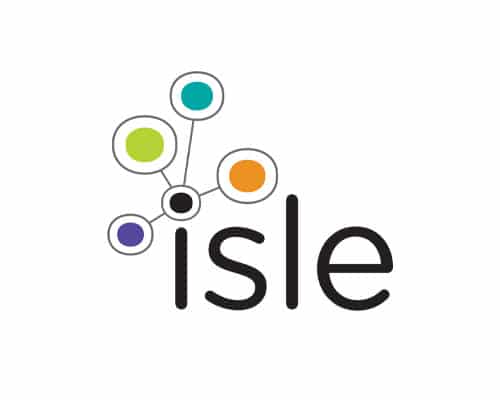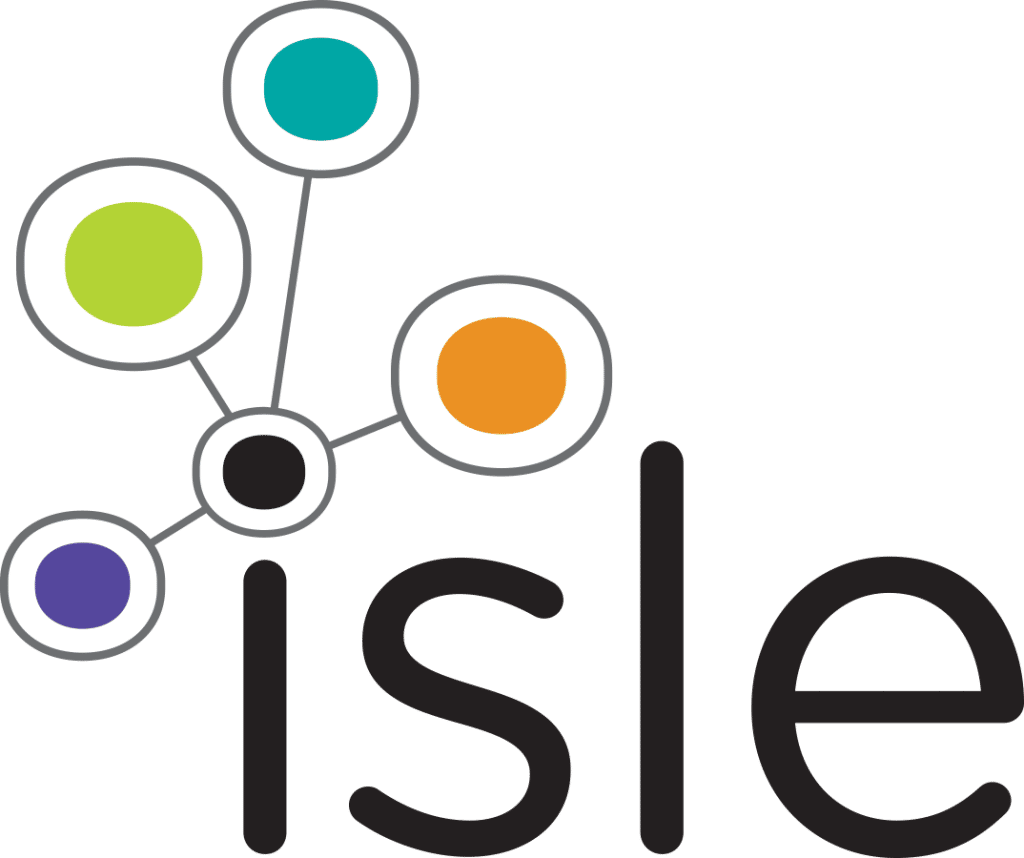Whether to sweat, repair or replace water mains is a dilemma facing most water businesses, who have to strike a balance between maintaining an ageing asset base, often with a limited maintenance budget, and increasing customer expectations.
Isle Utilities helping Australian water utilities to reduce leakage
Whether to sweat, repair or replace water mains is a dilemma facing most water businesses, who have to strike a balance between maintaining an ageing asset base, often with a limited maintenance budget, and increasing customer expectations.
Data extracted from a 2019 Australian Bureau of Meteorology National Performance Report indicates that non-revenue water loss in Australia over a five year period was 1251 GL, averaging out at around 9% of utilities’ system input.
With the price of water rising and the cost of technology falling, it could be time for utilities to start taking non-revenue water seriously.
Isle Utilities Asia Pacific is providing Australian and global water utilities with the expertise required to reduce water leakage and to conserve water through its Leakage Management Benchmark.
Traditionally, a program of leakage reduction is driven by return on investment – if water-loss reduction activities cost more than the water is worth, reducing non-revenue water will not be a priority. However, as the pressure on water resources intensifies, resource and social considerations are becoming a higher priority in the decision-making process.
Isle’s Leakage Management Benchmark was developed in Australia and has been adopted by nearly 20 participants worldwide, from Australia, the United Kingdom and South America.
Paul Harris, Isle’s Head of Business Consulting said “the Leakage Management Benchmark Program is providing major benefits to local and international water utilities in the fight against water leakage.
“Traditionally, many water utilities have used rough estimates for determining how their Real Losses are distributed across their different asset classes.
“The Program provides completely objective performance assessment using hard quantitative evidence and information, not only at a business unit level but at an industry level, and then compares these results against a range of world class water utilities, each operating with their own Non-Revenue Water strengths and challenges.
“The accurate and objective determination of real water loss is crucial, because if you’re a few percentage points out in your calculations, that could represent millions of dollars’ worth of infrastructure that water companies are assigning to their networks that may not be necessary.
“Board members, CEOs or General Managers of local water utilities are interested in the program because it determines objectively as to where they stand in the realms of benchmarking across the world and more importantly, what are other utilities doing to make them better than they are?
“Once objective performance assessment has been achieved, we can then create a customised improvement pathway for participating utilities.
“The process importantly justifies the need to invest in specific innovations and identified improvements and also informs utilities in their leakage management decision-making.
“Another benefit is that participating utilities legitimately build relationships with people within their own industry, but also with people in other jurisdictions in other countries. The program’s Best Practice Workshop is a perfect forum to set up networking opportunities to share knowledge and to share practices on a world stage.
“The international network we have created allows program participants to have access to people around the world who have already gone through the process – they can be contacted directly. What Isle does is to facilitate a network and knowledge sharing process which allows participants to contact their international peers and to ask them how they implemented their best practices.
“We are basically cutting out the “reinventing the wheel step”. There is an opportunity for some businesses to ‘leapfrog’ and to progress very quickly by utilising other organisations’ experiences, particularly in the technology space, providing a significant implementation advantage.
“There is also a benefit in brand reputation. Communities, government and customers care about leakage, they care about wasting water and water conservation. As an industry we need to be seen to be promoting water conservation and leakage reduction and improved general asset stewardship to create important increases in water utilities’ community and government image and reputation.
“Water utilities are also under leakage management scrutiny from their respective economic regulators. The objective data being sourced by the program is allowing for successful applications by utilities to their regulator for additional funding for leak reduction programs.
“Two UK businesses involved in our program who were also involved in a legal dispute on their price determination with Ofwat (the UK regulator) and the Competition and Markets Authority (a non-ministerial government department responsible for strengthening competitive behaviour), were able to use our benchmarking reports and particularly data retrieved from Australian utilities, to build their legal case around needing more money for programs like leakage.
“There was clear proof in the study that the Australian utilities had younger networks, however, spent more money on leakage per customer in general than was done in the UK.
“This was a moderately priced benchmarking study that in essence translated to a much larger benefit in terms of extra funding being given to these two utilities in available price determination investment funding. The order of magnitude on the return on investment using this objective performance evidence to substantiate and justify their need for more investment was significant.”
Paul Harris added “by participating in the Water Leakage Management Benchmark Program with a relatively small upfront investment creates the potential to create a significant return on that investment through better asset management and through reduced water loss.”
Case Study: Unitywater, South East Queensland, Australia
Unitywater operates across three Local Government Areas in South East Queensland in Australia. It began operations on 1 July 2010 and services over 350,000 total customer accounts.
Unitywater puts a high priority on water conservation and reducing leakage. The utility has a bulk water provider and has one of the highest costs of water in Australia. They pay $3 per kilolitre for their bulk water and ultimately whatever the amount of water lost between off-take from their bulk water supplier to its delivery to their customers equates to lost revenue and a lost opportunity for them as an organisation. Water loss for last year alone was in excess of $15 million.
Ivan Beirne, Head of Asset Management at Unitywater said “we have been investing heavily in leakage reduction for the majority of our being – around 10 years.”
A key finding in the Isle Utilities Water Leakage Benchmark showed that those utilities doing a lot of water main renewals, generally had low leakage, and this is what Unitywater has achieved. What the UK water industry was looking at and what they were impressed by is that Unitywater has a young network, yet they still do water main replacement, while in the UK where some utilities have over 100 year old networks, they are still struggling to justify replacement to their boards and regulator.
“Leakage is a key driver for Unitywater’s asset renewal program” said Ivan Beirne. “Over the past five years we have focused heavily on water main and service replacement to reduce real losses, as well as replacing nearly 50 per cent of our meter fleet to reduce apparent losses.
“The decision Unitywater made a few years ago was to use customer impact as the primary driver for prioritising our mains replacement program.
“Water main replacement never makes financial sense, if you are looking at pure financials. So you have to set a rule above that to say whilst we would like to have a really good financial reason to replace this asset, if the customer has been impacted a number of times then they are going to continue to be impacted, so Unitywater’s decision will be to replace the asset.
“George Theo our CEO is constantly looking at ‘what’s next’ for us as an organisation and typically he will ask us some challenging questions if we come to the Executive Committees with new strategies to say ‘What are they doing in the UK?’ ‘What are they doing elsewhere in the world?’ ‘How do we compare to them?’ These are the primary answers our CEO wants to know first of all. We focus heavily on fit for purpose strategies and incorporating best practice with local context. This has been delivering results for us for many years.
“Obviously we want to implement the best technologies but there is evidence that in the industry right now, technologies are being implemented without real reason for them. We are looking to implement practices that we know will deliver an outcome. We are not going to invest money for the customer without some level of confidence that it will deliver an outcome for us.
“Water conservation is important to our customers.
“The Millennium Drought is still fresh in people’s minds. Our customers remember the sacrifices they made to conserve water during this time and now they expect and demand a timely response to leaks. Our goal is to resolve all leaks quickly and effectively and we are continuing to invest in technologies that will detect leaks sooner and allow us to deal with them in a more timely manner”, said Ivan Bernie.
Testimonials
‘We already undertake national benchmarking around leakage as part of our normal regulatory reporting cycle. However, what makes this project different is the international dimension. Involving utilities from the UK, Australia and Latin America has brought a fresh perspective to traditional benchmarking, especially when we share openly. By working together to identify best practice, all of the utilities involved will improve the service they offer to their customers. This was a really good piece of work and has really driven a change in mindset into Thames Water’s approach to backlog and speed of repair.’
Tim McMahon, Head of Water Asset Management, Thames Water (UNITED KINGDOM)
“We learned a lot from our involvement in the Isle Leakage Management Benchmarking project, particularly on alternative practices and performance by other companies, which helped us understand our own strengths and weaknesses. I would recommend joining the benchmarking programme to other water companies.”
Mel Karam, CEO, Bristol Water (UNITED KINGDOM)
‘Several of us within the water industry had already identified the need to undertake a detailed evaluation of leakage management, particularly in relation to the way we calculate our water balances. I’m certain we have gained important insights from the implementation of new technologies that complement the many years’ experience gained managing leakage at a holistic and tactical level. Isle’s Leakage Management Program offering was exactly what we were searching for, in terms of a balance between strategic insight and in-depth analysis. Urban Utilities are really excited about the learnings we’ve gained from this program.’
Simon Taylor, Manager Infrastructure Planning, Urban Utilities (AUSTRALIA)
For more information, visit https://www.isleutilities.com/services/business-consulting

